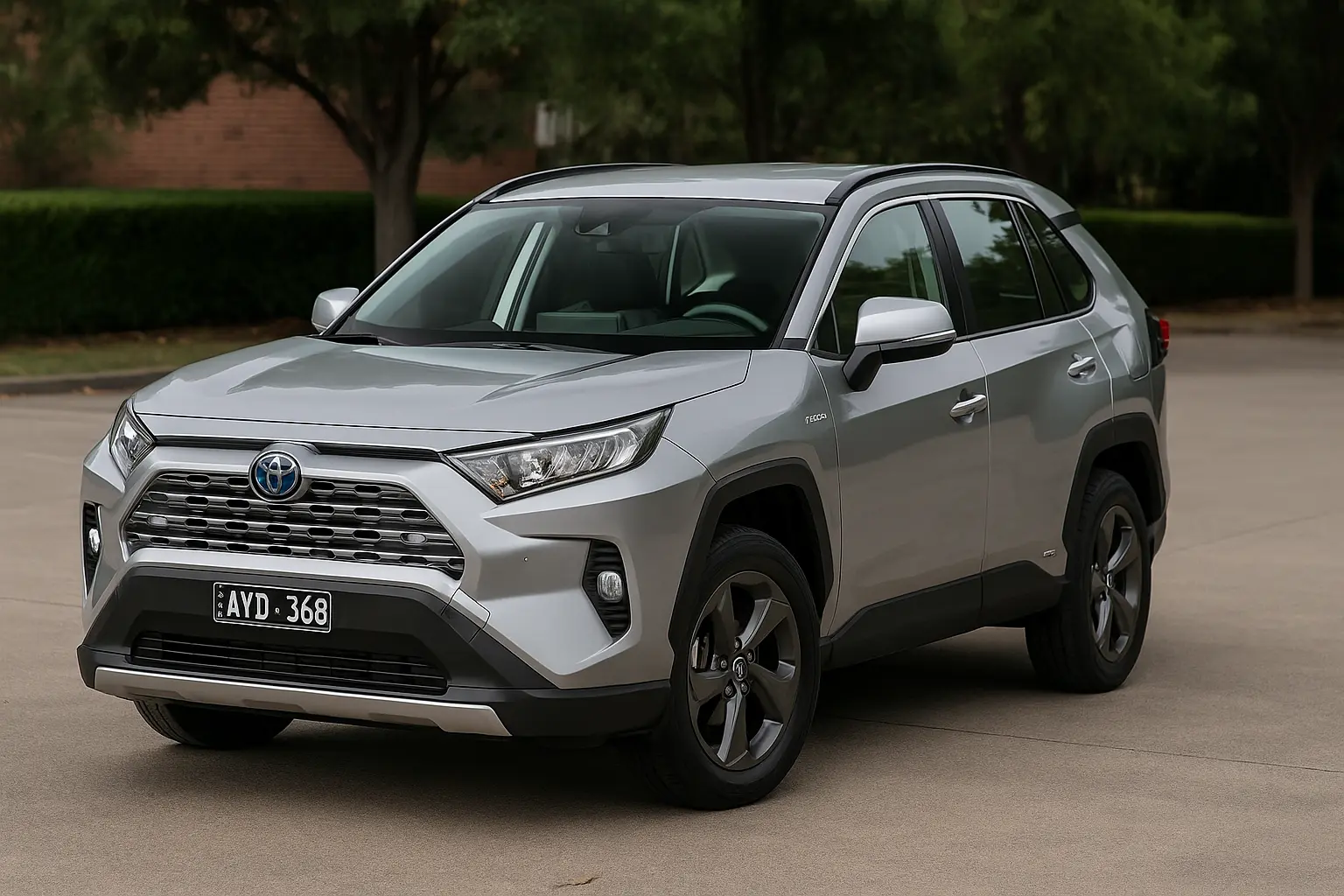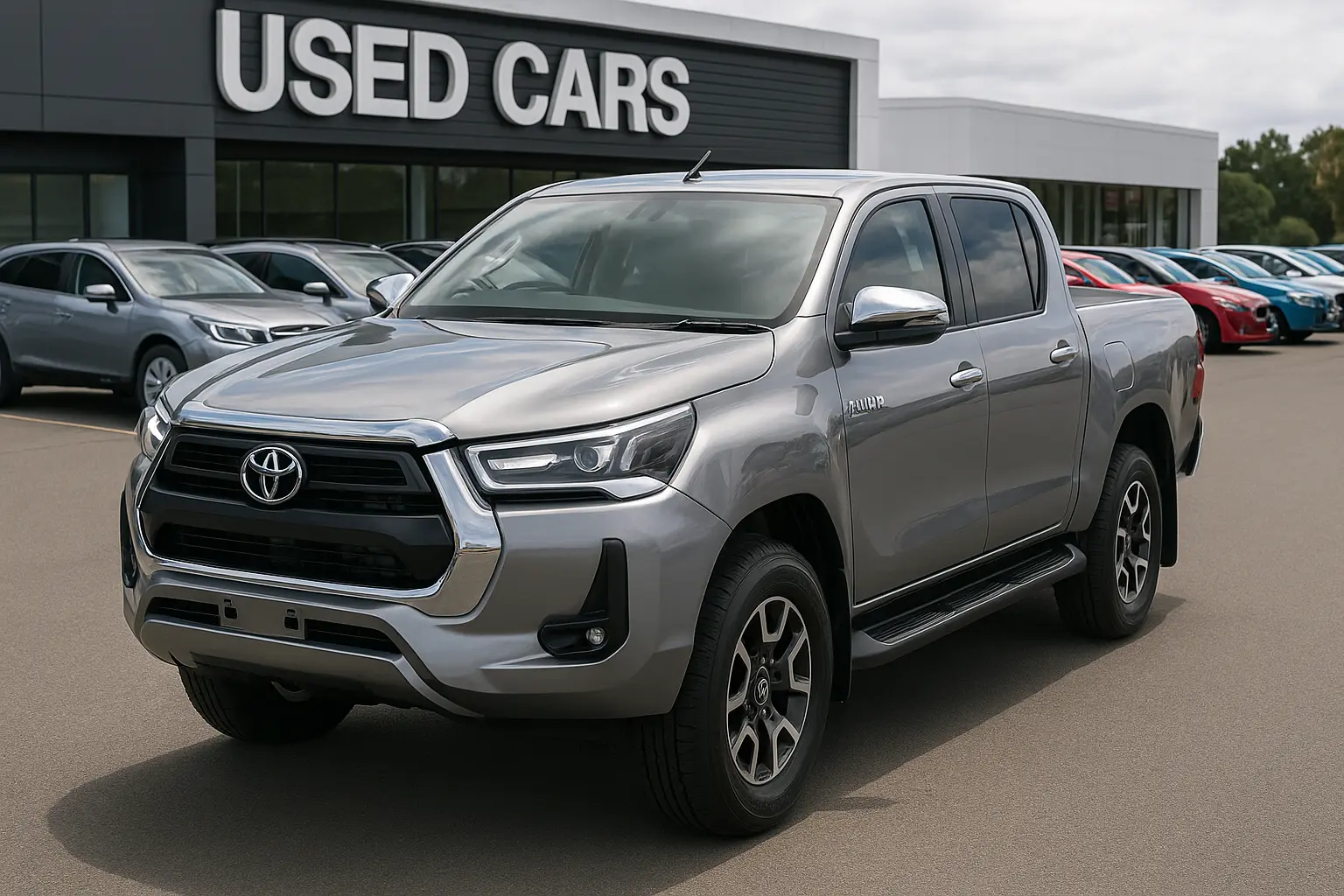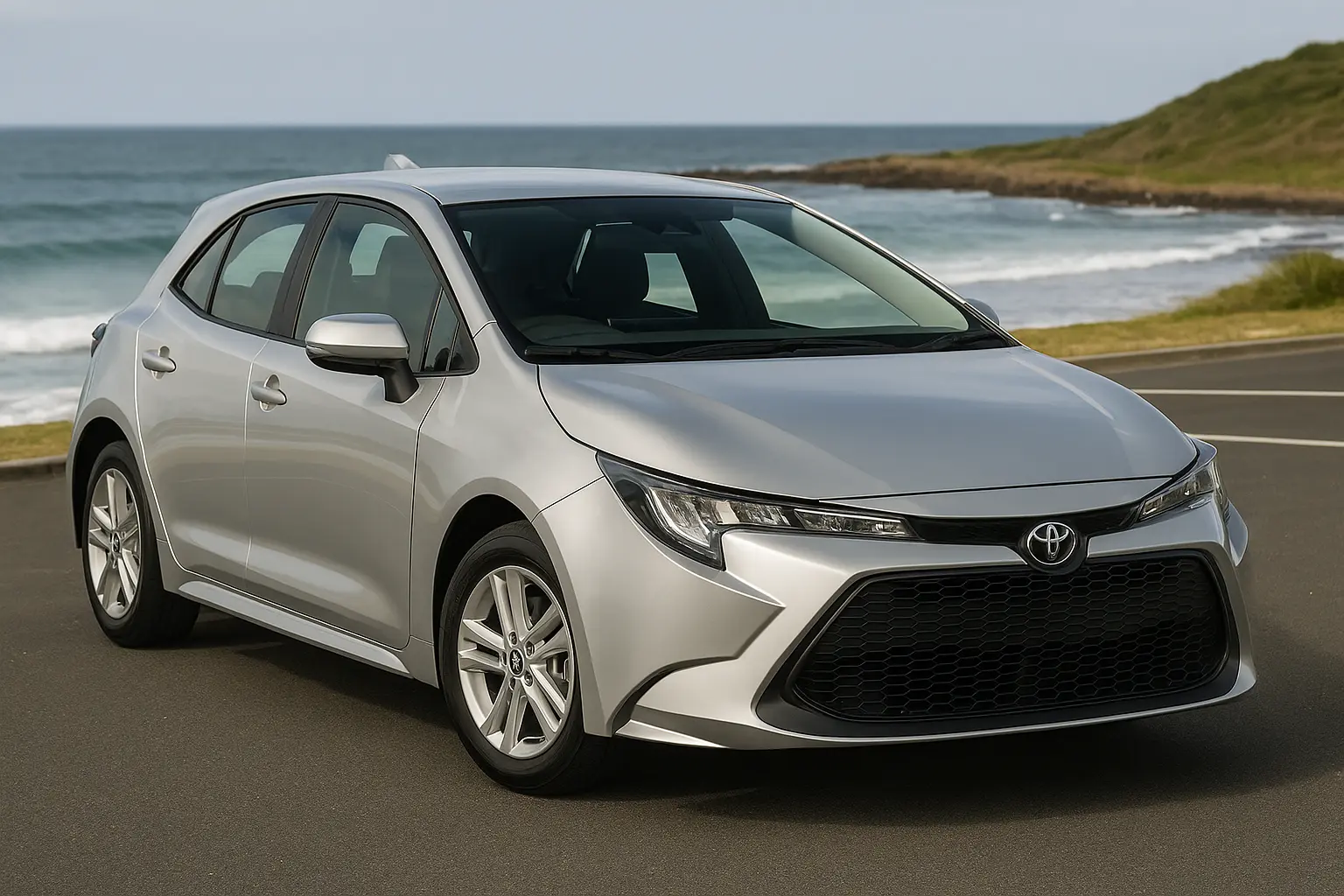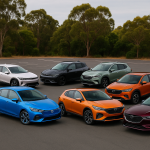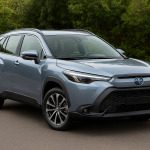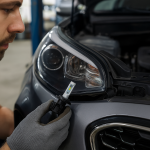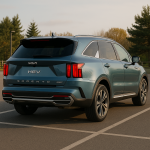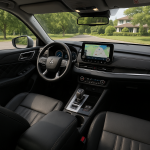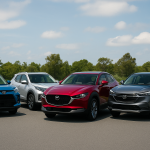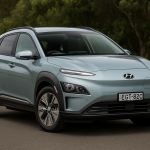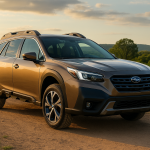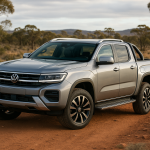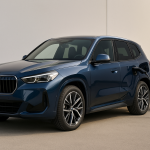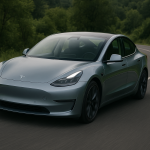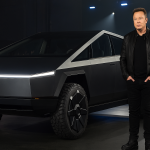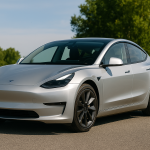For most Australians, buying a car is one of the biggest purchases after a house. Yet unlike property, cars are depreciating assets—their value drops the moment they leave the dealership. In fact, depreciation is often the single largest cost of car ownership, eclipsing fuel, insurance, and servicing.
Understanding car depreciation isn’t just for accountants or enthusiasts. Whether you’re buying your first hatchback, upgrading to an SUV for family life, or considering an electric vehicle, knowing how much value your car will hold can save you thousands when it’s time to trade in or sell privately.
This guide explains what car depreciation is, why it happens, which cars lose value the fastest in Australia, and most importantly—what you can do to minimise your loss.
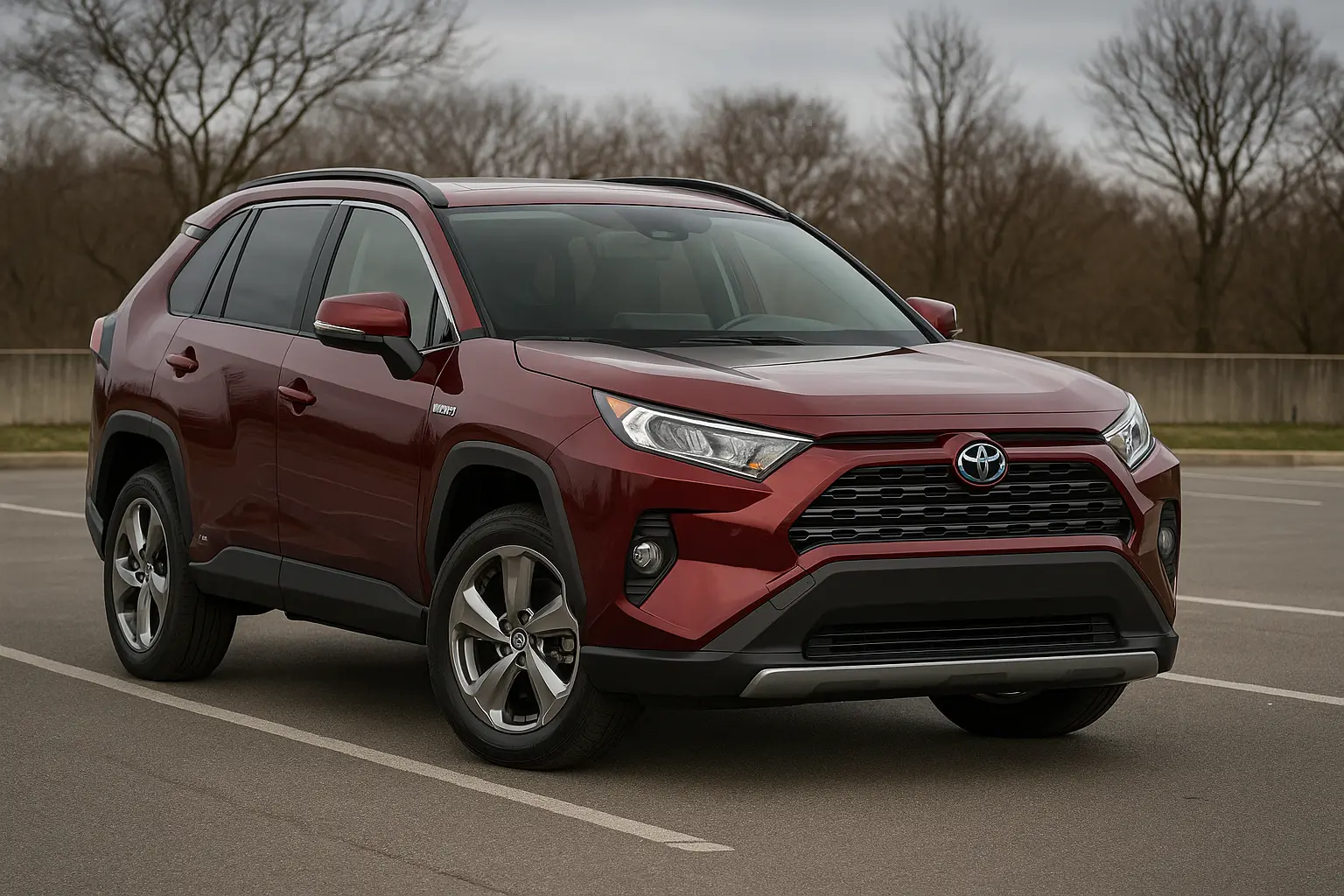
What is Car Depreciation?
Car depreciation is the decline in a vehicle’s value over time. It’s the difference between what you paid for the car and what you can sell it for later.
A new car typically loses around 20–30% of its value in the first year, and up to 50% or more within three years. After that, the rate slows, but depreciation never stops.
The depreciation rate is influenced by factors such as:
- Make and model popularity
- Fuel type and efficiency
- Mileage and usage patterns
- Vehicle condition and maintenance history
- Market demand for used cars
- Technological changes and new model releases
Why Cars Depreciate So Quickly in Australia
Australia has a unique car market compared to the US or Europe. Several reasons explain why depreciation can be steep here:
- High upfront costs: With Australia’s luxury car tax (LCT) and import duties, new car prices are inflated, meaning the initial drop in value feels sharper.
- Limited used car export market: Unlike Japan, Australia doesn’t have a strong export pathway for older vehicles, reducing resale demand.
- Rapid model updates: Brands like Hyundai, Toyota, and Mazda frequently refresh line-ups, making older models feel outdated faster.
- EV transition: As Australia moves slowly toward electrification, petrol and diesel cars face uncertain long-term resale demand.
Cars That Depreciate the Fastest
Not all cars are equal when it comes to holding value. Some lose thousands within the first year, while others maintain solid resale appeal.
Luxury Cars
High-end European marques like BMW, Mercedes-Benz, Jaguar, and Audi are notorious for steep depreciation. While they carry prestige when new, their complex technology, expensive servicing, and high insurance costs deter second-hand buyers.
Convertibles and Niche Cars
Cars like the Mazda MX-5 hold some enthusiast appeal, but most convertibles and two-door sports cars suffer sharp depreciation in Australia due to limited practicality.
Large Sedans
Traditional sedans such as the Holden Commodore (before its end) or Ford Falcon plummeted once SUVs became the preferred family choice. Today, large petrol sedans still struggle compared to SUVs and hybrids.
Petrol-Only SUVs in Oversupplied Segments
Mainstream mid-size SUVs without hybrid options (think some variants of Mitsubishi Outlander, Nissan X-Trail) can lose value quicker than Toyota’s hybrid alternatives, which remain in hot demand.
Cars That Hold Their Value Well
Some cars are depreciation champions in Australia thanks to brand reputation, reliability, and buyer demand.
Toyota Models
The Toyota Hilux, LandCruiser, RAV4, and Corolla consistently top resale charts. Australians trust Toyota for durability, strong dealer support, and reliability.
Mazda and Hyundai
Mazda 3, CX-5, and Hyundai i30 maintain strong resale thanks to popularity and a reputation for affordable ownership.
Utes and Dual-Cabs
The Ford Ranger and Toyota Hilux are workhorses that rarely stay long in the used market. Tradie demand, towing ability, and lifestyle appeal keep values strong.
Hybrids and EVs
The Toyota RAV4 Hybrid and Tesla Model Y are strong performers. With Australia’s growing appetite for fuel-efficient and electric vehicles, these cars are increasingly seen as future-proof investments.
How to Calculate Car Depreciation
Depreciation is usually expressed as a percentage of the car’s original purchase price.
For example:
- Purchase price: $50,000
- Value after 3 years: $27,000
- Depreciation: 46%
Online tools and calculators (often from insurers or finance providers) can help estimate depreciation, but remember, market forces and demand fluctuate.
Key Factors Influencing Car Depreciation
Brand Reputation
Toyota, Mazda, and Subaru retain value well. Luxury brands, despite premium build, often lose value faster.
Mileage
Australian buyers view high mileage with caution, especially beyond 100,000 km. A car that’s used lightly will almost always fetch more.
Vehicle Condition
Accident history, paintwork, and regular servicing directly impact resale. Buyers will pay more for cars with a complete service record.
Market Trends
SUVs and hybrids are hot sellers. Sedans and pure petrol models without efficiency gains lose out.
Fuel Costs
With rising fuel prices, large V6 and V8 petrol engines have lost demand. Hybrids and four-cylinder cars do better in the resale market.
How to Minimise Depreciation Loss
Here are practical strategies every car buyer and owner in Australia should consider.
Buy Used Instead of New
Since the steepest depreciation happens in the first 2–3 years, buying a near-new used car (ex-demo or 2 years old) lets someone else take the biggest hit.
Choose Cars with Strong Resale Reputation
Stick to popular, reliable brands—Toyota, Mazda, Subaru, Hyundai. Avoid niche luxury models unless you plan to keep them long-term.
Maintain Your Car Meticulously
- Keep logbook servicing up to date.
- Fix minor issues before they escalate.
- Preserve paint and interior condition.
Limit Mileage
The fewer kilometres you add, the better. Consider alternatives like car-sharing or public transport for shorter trips.
Opt for Popular Features
Features like Apple CarPlay, Android Auto, safety tech, and hybrid powertrains increase resale appeal.
Consider Colour and Spec
Neutral colours (white, silver, grey, black) sell faster and depreciate less than bright or unusual shades.
Sell at the Right Time
Selling before a major model refresh can help. If a new generation is about to launch, values of outgoing models often dip.
Depreciation and Electric Vehicles in Australia
Electric vehicles (EVs) present a unique depreciation curve. Early EVs like the Nissan Leaf dropped sharply due to limited range and high battery replacement costs.
But newer models like Tesla Model Y, Kia EV6, and Hyundai Ioniq 5 are holding value strongly, driven by demand and supply shortages.
Government incentives, fuel savings, and battery improvements are shifting buyer confidence, which means EV depreciation in Australia is no longer the steep cliff it once was.
Car Depreciation and Insurance
Your insurance coverage often doesn’t reflect market value depreciation immediately. While you may insure a car for its new price, in an accident insurers may only pay the market value, which could be significantly lower after just a year.
Opting for “new-for-old replacement” cover within the first two years of ownership can help offset depreciation risks.
Car Depreciation and Finance
For Australians financing cars, depreciation is critical. Many find themselves in negative equity—owing more on the loan than the car is worth.
To avoid this:
- Put down a larger deposit.
- Avoid overly long finance terms.
- Be cautious with balloon payments that mask true depreciation.
Conclusion: Making Smart Choices
Car depreciation is unavoidable, but being informed can make a huge financial difference.
If you’re buying new, stick to brands and models that are proven resale winners. If you’re buying used, target cars 2–3 years old to avoid the steepest losses. Maintain your car, drive responsibly, and time your sale strategically.
In a market where cars are getting more expensive and buyers are more cautious, understanding depreciation isn’t just a financial tip—it’s a must for every Aussie driver.
Leave a comment
Your email address will not be published. Required fields are marked *


